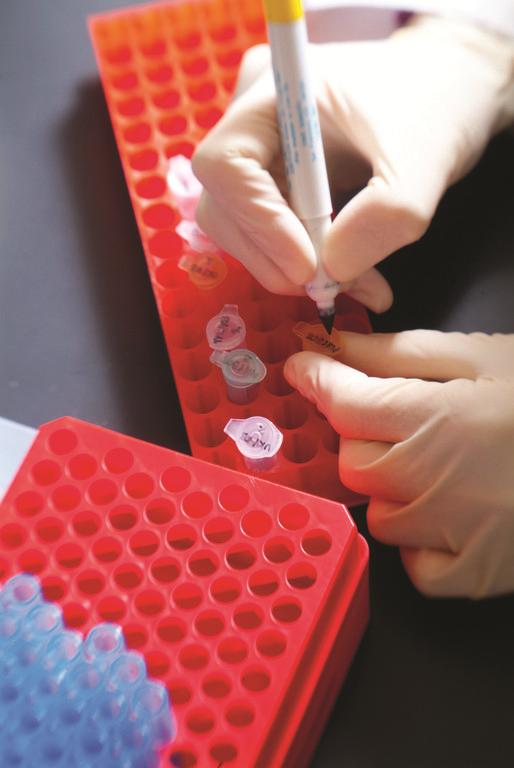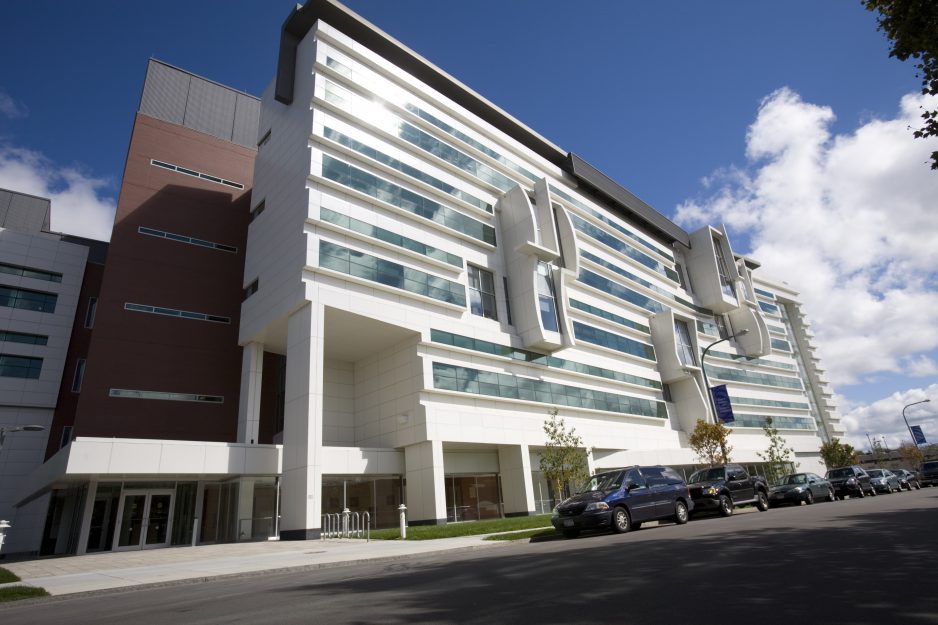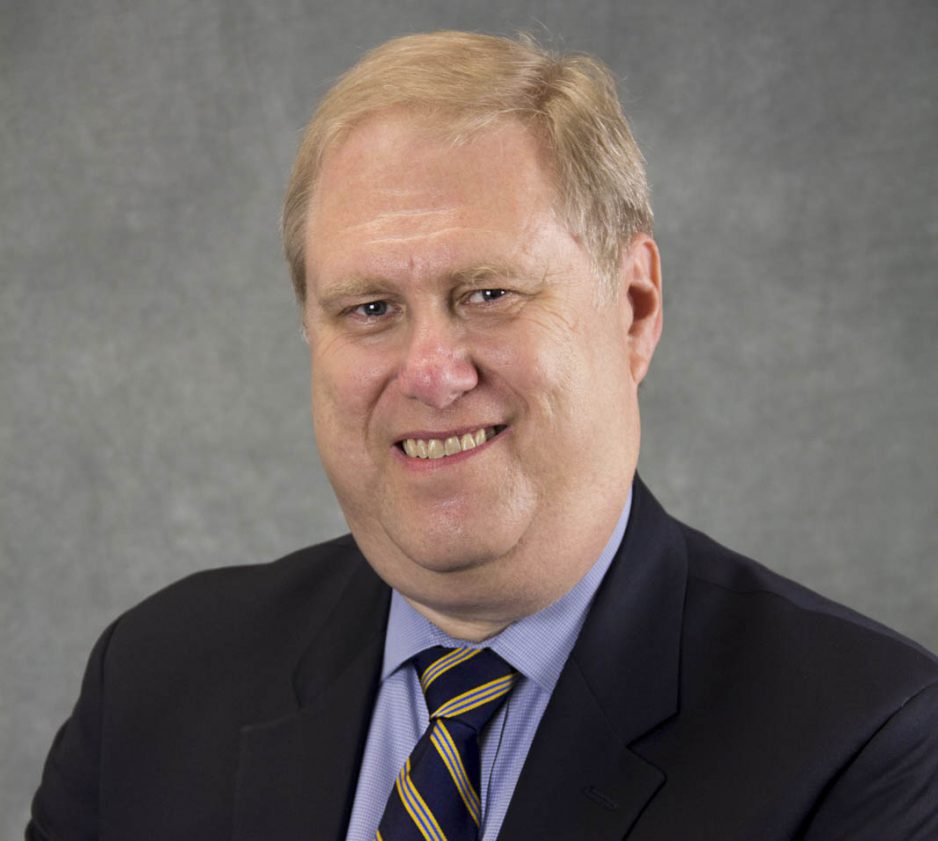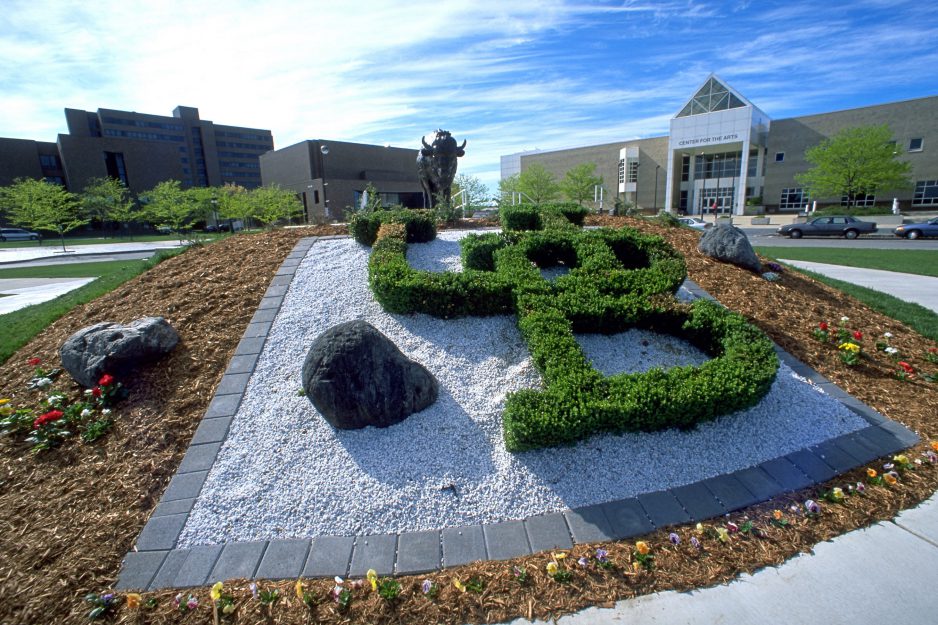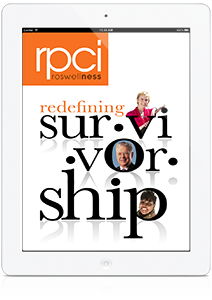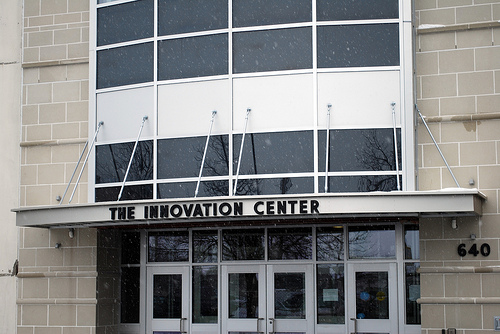
FOR IMMEDIATE RELEASE
Monday, March 11, 2013
For more information, contact:
Contact Kari Bonaro
kbonaro@bnmc-old.local, 716.218.7157
(BUFFALO, NY) – The Thomas R. Beecher, Jr. Innovation Center is pleased to welcome Roswell Park Cancer Institute (RPCI) spin-off companies Tartis Aging, Inc., and OncoTartis, Inc., as its newest tenants. The companies will occupy a combined 5,700 sq. ft. of wet lab and office space on the fourth floor of the building. Approximately half of this space will be built up as the companies continue to grow in size.
OncoTartis and Tartis Aging are discovery-stage biotechnology companies seeking novel anti-cancer and anti-aging drugs. Their proprietary technologies are licensed from the laboratories of Andrei Gudkov, PhD, from RPCI.
Dr. Gudkov was recruited to Buffalo by RPCI and other local partners in 2007. He moved his research lab and his first commercial company, Cleveland BioLabs, Inc. (CBLI), from the Cleveland Clinic to serve as Senior Vice President of Basic Science and Chair of the Department of Cell Stress Biology at Roswell Park.
The laboratory building at 73 High Street, shared with Cleveland BioLabs, Inc., had been the first home for both corporations. With 15 employees and a growing portfolio, the two companies have outgrown the space available on High Street but wanted to remain on the BNMC.
“We are very hwp-contenty to find space in the Innovation Center, which allows us to expand our research and at the same time continue to be close to our colleagues at CBLI and Roswell Park,” said Aleksandra Kotlyarova, Director of Operations for both companies.
“OncoTartis and Tartis Aging are perfect examples of what we need to see more of here in Buffalo,” said Patrick J. Whalen, Chief Operating Officer of the BNMC, Inc., which owns and operates the Innovation Center. “Dr. Gudkov and Cleveland BioLabs moved to the BNMC several years ago to better collaborate with Roswell Park Cancer Institute, and thanks to the groundbreaking research at Roswell Park, they continue to grow and spin off companies, creating more jobs and economic-development opportunities in Buffalo as they evolve.”
About the Buffalo Niagara Medical Campus
The Buffalo Niagara Medical Campus (BNMC) is dedicated to the cultivation of a world-class medical campus for clinical care, research, education, and entrepreneurship on 120 acres in downtown Buffalo. It is home to the region’s top clinical, research, and medical education institutions, including: the University at Buffalo, Roswell Park Cancer Institute, Olmsted Center for Sight, Kaleida Health, Hauptman-Woodward Medical Research Institute, Buffalo Medical Group, Buffalo Hearing & Speech Center, Unyts, and the Center for Hospice and Palliative Care. There are over 40 public and private companies on the BNMC. More than 12,000 people come to work at the Medical Campus every day, and BNMC institutions see over one million patients and visitors annually. The Campus has an annual economic impact of $1.5 billion on the region. The Medical Campus consists of more than 6 million square feet of research, clinical, and support space. bnmc-old.local
About Roswell Park Cancer Institute
The mission of Roswell Park Cancer Institute (RPCI) is to understand, prevent and cure cancer. RPCI, founded in 1898, was one of the first cancer centers in the country to be named a National Cancer Institute-designated comprehensive cancer center and remains the only facility with this designation in Upstate New York. The Institute is a member of the prestigious National Comprehensive Cancer Network, an alliance of the nation’s leading cancer centers; maintains affiliate sites; and is a partner in national and international collaborative programs. For more information, visit RPCI’s website at http://www.roswellpark.org, call 1-877-ASK-RPCI (1-877-275-7724) or email askrpci@roswellpark.org.
About the Thomas R. Beecher Innovation Center
The Thomas R. Beecher, Jr. Innovation Center, located at 640 Ellicott Street in downtown Buffalo, is a LEED-certified research and development space housing life sciences and biotech companies, as well as companies offering support services like IP attorneys, talent acquisition, sales, and marketing. This state-of-the art facility is designed to accommodate small to medium companies seeking office, wet lab and/or research space, on a month-to-month basis or via longer term leases, located in the heart of the thriving Buffalo Niagara Medical Campus. There are currently 40 companies located in the building.
The Innovation Center is owned and operated by the BNMC, Inc., a not-for-profit organization that fosters conversation and collaboration among its member institutions, their 12,000 employees, and the community; coordinates activities related to sustainable planning, development and enhancement of its 120-acre space; and works to create a distinct, innovative environment that provides opportunities for entrepreneurship and active and healthy living.
###



